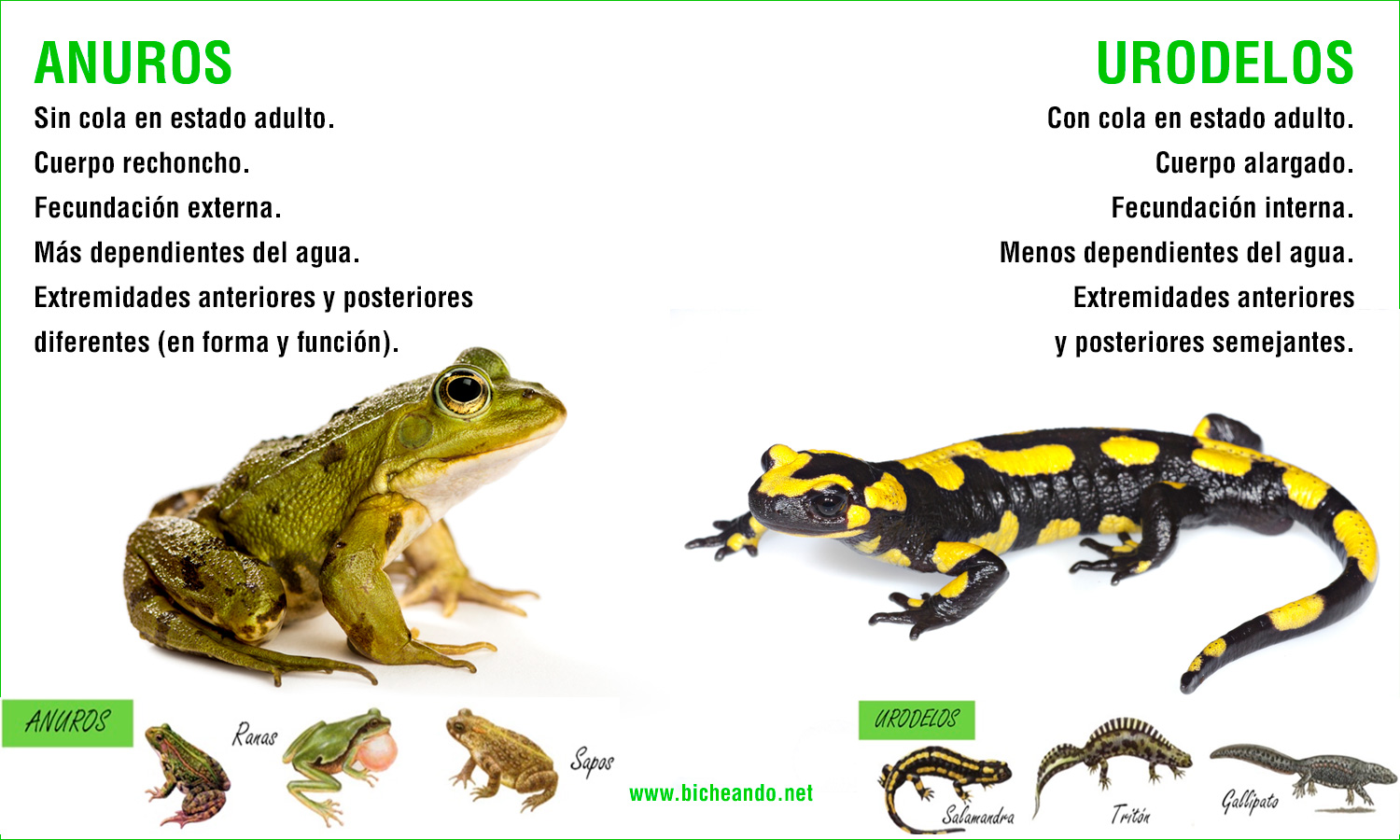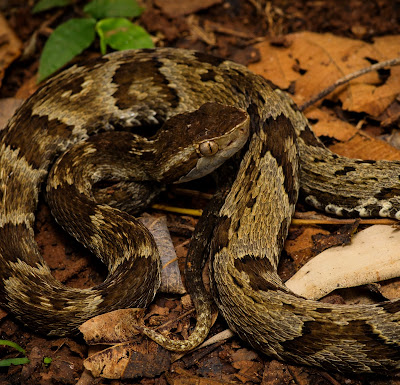An integrative taxonomic analysis of Sundaic populations of Gekko smithii from the Thai-Malaya Peninsula, Sumatra, and Borneo recovered four deeply divergent mitochondrial lineages that are separated by major geographic barriers (mountains and seaways). Furthermore, they bear a number of concordant statistically significant differences in meristic and morphometric features, morphospatial separation in multivariate space, and discrete differences in color pattern. Leer más.





Los anfibios son un grupo de animales vertebrados tetrápodos (dos pares de extremidades pentadáctilas) divididos en anuros (sin cola), urodelos (con cola) y cecílidos (sin patas), caracterizados por pasar de una vida larvaria acuática -con respiración branquial- a una fase adulta terrestre -con respiración pulmonar y cutánea-, menos dependiente del agua. A esta transformación vital se le llama metamorfosis. Leer más.

We describe a new arboreal alligator lizard species in the genus Abronia from the Sierra de Zongolica in west-central Veracruz, Mexico. The new species is presently known only from the vicinity of the type locality. Leer más.
Here, we evaluate mitochondrial DNA and morphological diversity of the B. jararaca species group and aim to provide additional evidence to understand insularization processes on the Brazilian coast. Our results, interpreted together with a comprehensive review of geomorphological data, provide a new conceptual framework for understanding the colonization process of the Brazilian continental islands. Leer más.
El Ayuntamiento de Torrelodones acaba de terminar las obras de acondicionamiento de una nueva charca de anfibios en el entorno de la calle Canto del Pico, en las inmediaciones de los arroyos de la Torre y del Piojo. Leer más.









